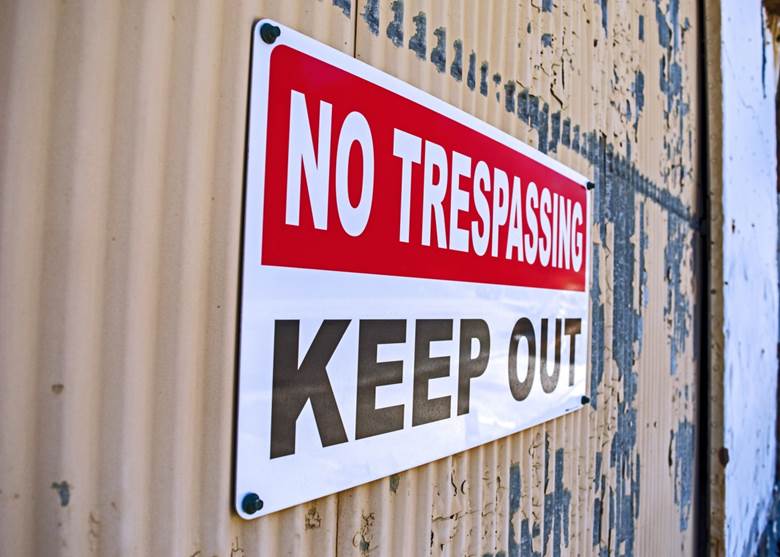
Trespassing Laws
Trespassing seems like a victimless crime to people who don’t have the will to cause others harm, but anti-trespassing laws aren’t only meant to protect property owners and occupants. Last year, 658 fatalities and 550 injuries resulted from trespassing in the USA.
Most people don’t actively seek to violate these laws. Staying on the right side of the law is more challenging than staying on the right side of the fence in Minnesota. That’s why you should keep reading this handy guide to MN trespassing laws to remain physically and legally safe.
Signs
Minnesota statute 609.605 details all the different ways a person can be found guilty of trespassing. It also tells you what kind of signs to look out for and shows landowners and lessees how they should be signing an area off.
Landowners and managers have to post signs every 1000 feet in open areas and every 500 feet in wooded areas. The signs need to be at least 8.5 inches high and 11 inches wide, with 2-inch high letters. For buildings and enclosed spaces, signs need to be put up at the entrance and in other conspicuous areas.
If you or your domestic animals enter a signed-off area within a city or enter into private land and then refuse to leave once being ordered to do so, you’ll be guilty of trespassing. Messing with the signage or boundary markings of private property carries the same offense.
In most cases, it’s a mere misdemeanor, but there are instances where trespassing becomes a gross misdemeanor. Intentional trespassing and trespassing with the intent to damage buildings or harm fruit trees or livestock can also elevate the charge you might get.
Verbal Warnings
You need the consent of the owner, possessor, or manager of a locked or posted building to enter therein. This includes mines, farms, and even areas blocked off by peace officers in the line of duty. If someone tells you to leave and never return, returning to that property within a year of the warning is also considered breaking the law.
Defenses for MN Trespassing Laws
Defending against a trespassing charge is relatively simple (and it’s easier if you had no intention to trespass in the first place). The first thing you can do is allege that the no trespassing signs weren’t present. This occurs frequently when “trespassing” occurs while hiking, hunting, or camping.
Another defense is to show that the owner or lessee needed to give you more time to respond to their trespass warning. It is, however, challenging to put up any defense without the help of a criminal defense lawyer. They’ll understand exactly how to challenge the prosecution’s evidence and how to prep you to appear favorably before your peers.
Keep Your Legal Knowledge Up to Date
Trespassing can be frightening for landowners and lessees, but it can also be dangerous for you. Imagine crossing a line you weren’t supposed to and falling into a construction pit or encountering a massive bear. That is why MN trespassing laws exist in such a strict form.
Landowners have to put signs up, but ignoring those signs and any verbal warnings could get you time in jail and heavy fines. It’s best to be on the lookout for signs when adventuring and to stay off other people’s private property. If you do get into trouble, however, there are ways for a good lawyer to defend you.
Trespassing is a misdemeanor, but there are other “victimless crimes” that are full-blown felonies! Learn more about them under our Laws blog page.







